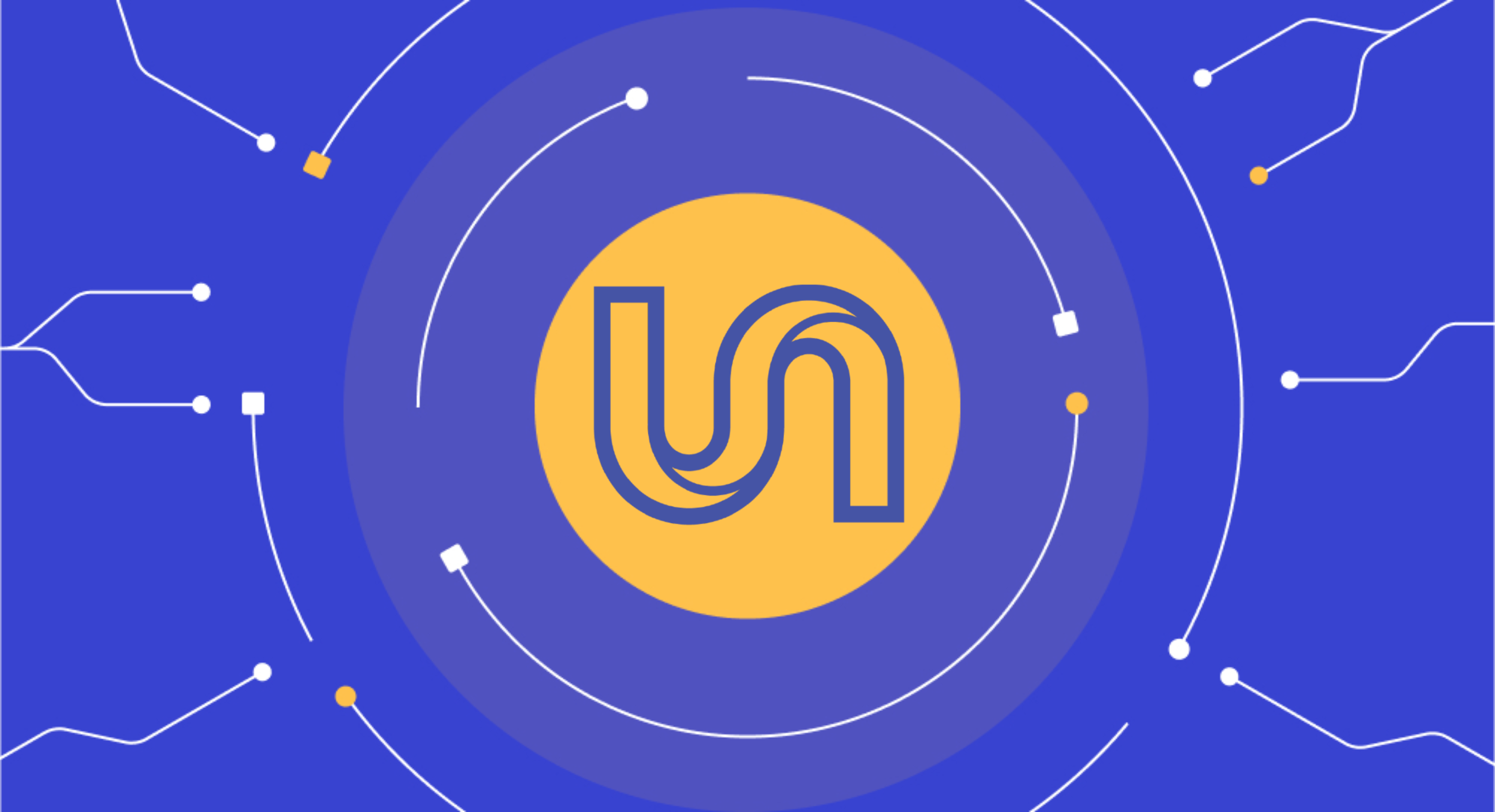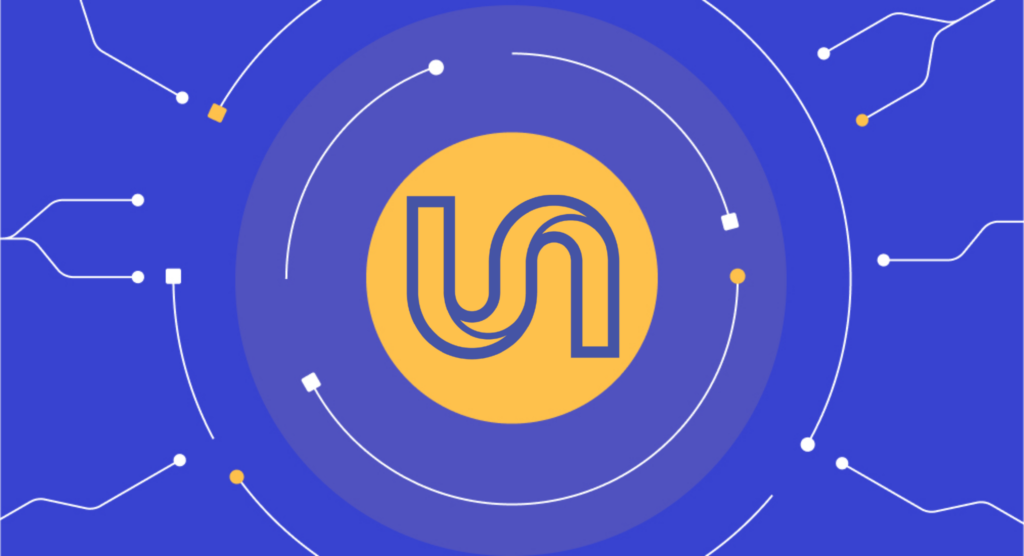When the bombs fell down on Guernica in 1937, Picasso was in Paris. He was working on a mural for the Spanish pavilion at the World Fair when he heard the Basque city had been destroyed; it made him abandon his initial idea and make the bombing the subject of the mural.
Picasso worked on the Guernica over the course of 35 days. He started by sketching out different options, trying out different subjects to better depict the agony he wanted to convey through the painting. The sketches, that he thoroughly catalogued with each respective date, laid the foundation for the result he wanted to achieve. For example, he experimented with drawings of horses and bulls to see which animal worked best on the final product: a 349 cm x 776 cm masterpiece that now overlooks museum-goers at the Reina Sofia in Madrid.
What took Picasso an impressively short amount of time, considering the end result, would have taken an artificial intelligence of today even less work. One could have easily fed a computer with bit and pieces of existing art that would be analyzed and put together into a painting. What’s harder is imagining how different the Guernica would look like had it been created by an algorithm instead of a human.
AI-generated art has become ever so popular and can be found anywhere now, even though we might not realize it when we’re in its presence. There are artificially created paintings, songs, book chapters and even entire fashion collections. But can these really be perceived as the result of a creative process, or of years of scientific research?
The origin of creativity
Creativity comes in many shapes and sizes and translates itself into distinctive art forms: massive mural-like paintings such as the Guernica, an impressive catalogue like the Lennon-McCartney song collection, an art piece called Marilyn that is a pair of giant shoes made up of lots and lots of pans. Despite the countless ways in which human beings can show creativity, we can define all of them as “the use of imagination or original ideas to create something” or simply “inventiveness”.
Explaining where these ideas come from though is more difficult.
The brain is still relatively uncharted territory for us, and scientists still haven’t figured out how to pinpoint the location where certain cognitive processes take place. Creative thinking is one of them. Different studies have linked creativity to several parts or processes of the brain: the prefrontal cortex, the right brain, the hippocampus, the superior temporal gyrus, density of white matter, the temporal-parietal junction, alpha synchrony, or the default mode network.
There is still no consensus except that creativity involves pretty much the whole brain and can’t be detected in a single location through scans.
But this hasn’t stopped researchers from trying to figure out where creativity comes from. A most common way to run tests is through the Alternative Uses Test (AUT), that asks participants to think of alternative uses for ordinary objects such as newspapers or bricks. The more unconventional the answer, say, use a brick as a mock coffin at a Barbie funeral, the more points for creativity the participant gets. This poses two fundamental problems: the first is reducing creativity to a single thing that you either have, or you don’t, based on a point system, and ignoring all the different types of creativity that could be displayed by the individual; the second is linking creativity to divergent thinking, i.e. coming up with an idea by exploring many possible solutions, when it could just as easily originate in convergent thinking.
Others have tried to prove the relation between creativity and other aspects of the human condition. Nancy C. Andreasen, Andrew H. Woods Chair of Psychiatry at the University of Iowa Carver College of Medicine, has been studying creativity for decades, particularly its link to a high IQ and, often, to mental illness. The focus of one of her first studies was the author Kurt Vonnegut and his family. Vonnegut himself suffered from depression, as did his mother, and his son was diagnosed with schizophrenia. But creativity also ran in the family, with Vonnegut’s father being a successful inventor and his son a writer like him. Andreasen further explained this link by showcasing other famous examples in her study: Virginia Woolf, Ernest Hemingway, Vincent van Gogh, John Berryman, Hart Crane, Mark Rothko, Diane Arbus, Anne Sexton, and Arshile Gorky.
Other factors have shown to pave the way for creativity, like humor or those times when we’re not even thinking about a problem and are suddenly hit by an “a-ha” moment. Whatever they are, these are intrinsically humans traits, which makes us wonder where machines get their creativity from and if they’re capable of it at all.

Draw me like one of your french algorithms
In October 2018, Portrait of Edmond de Belamy was sold in a Christie’s auction for $432,500. Not much for an industry that deals paintings by the millions of dollars. What might come as a shock is that Edmond de Belamy is not a real person, nor was his portrait painted by one. It was the result of a computer program analyzing the patterns in a body of artwork from the 19th century and generating a new image based on its learnings.
The technology behind it is called GANs — or generative adversarial networks — and it has become a popular choice for those who want to generate art via AI. Through machine learning, GANs take a sample set to deduce patterns and create new artwork based on the knowledge it acquired. In this case, GANs were fed with portraits and other pieces from the 19th century. They learned that a Renaissance portrait is usually composed as a bust or three-quarter view of a subject. And while the machine may not know what a bust is, it’s seen enough of them to be able to produce images that follow the same rules.
The same goes for music. An AI called Aiva (Artificial Intelligence Virtual Artist) was taught by its creators how to compose classical music. It learned by “reading through a large collection of music partitions, written by the greatest composers (Mozart, Beethoven, Bach) to create a mathematical model representation of what music is.” Aiva then uses that model to write new music, which includes a full album called Genesis and several soundtracks. The AI was the first of its kind to achieve the status of composer, registered under the France and Luxembourg’s authors’ right society. This means that Aiva’s full body of work is protected by copyright laws.
Even the fashion industry is being reinvented by AI. DeepVogue, an AI developed by DeepBlue Technology, won the runner-up prize at this year’s China International Fashion Design Innovation Competition. Similarly to Aiva and the algorithm who “painted” the portrait of Edmond de Belamy, DeepVogue was fed with images, themes and keywords, studied them and produced its original designs.
All three examples show us that AI is not actively creative, yet. Computers are not sitting there, thinking about their next record or novel. What AI is currently able to do is look at huge bodies of artistic work that humans expose it to and mix and match them into new things, going through thousands of different options in very little time. Which should be seen by artists as an opportunity rather than a threat.

Augmented creativity
You probably don’t remember Taryn Southern from the third season of American Idol. That’s ok. She didn’t make it past the Top 50 and is doing far more interesting things nowadays, like releasing an album that features Amper, an AI that composes, produces and performs music. The album is called “I AM AI” and was the first to be entirely created by an AI, back in 2017. As opposed to other musical compositions “written” by algorithms, that end up being tweaked or tuned by humans, the chord structures and instrumentation in Southern’s collaborative album are entirely Amper’s work. The only manual inputs from her were regarding the overall style and rhythm she wanted for the album. And of course, she sings on it.
Amper was developed from the beginning with the intent to work in collaboration with human musicians. As Drew Silverstein, film composer and Amper’s co-fouder, explains: “One of our core beliefs as a company is that the future of music is going to be created in the collaboration between humans and AI. We want that collaborative experience to propel the creative process forward.”
Many others share the same view that, at least a part of the art future, lies in the collaboration between AI and humans. Botnik, for example, is an online community of writers, artists and developers who use machines to create work that is showcased to the world through the entertainment group Botnik Studios. They have, among many other things, written songs in the same style as The Strokes, for which the lyrics were put together by an AI.
Through machine learning, AI offers a great opportunity for artists: it is able learn from huge amounts of data, much quicker than any human would be able to. It can then reproduce that same data to come up with pieces of artistic work for which we might have never came up with the ideas, had we never been confronted with the products of the AI. Instead of coming up with one creative idea, artists can compare a lot of different outputs and go from there.
Had Picasso had access to this type of tool, what would the Guernica look like? How many options for its final look would he have been able to consider before settling for the one we know today, or for something completely different? Unless someone develops an AI that learns from Picasso’s sketches and other pieces and produces a painting that mirrors his work, I guess we’ll never know.
The human element will always be present though. AI itself is a human endeavour that wouldn’t exist on its own and wouldn’t have the tools to learn from if it weren’t for us. It takes a lot of workload off our shoulders, but it also lacks imagination, abstract thinking and other human traits that scientists believe make up creativity.
So for now, artists can rest assured that machines are not likely to, anytime soon, awake from their sleep modes startled by brilliant ideas. But they can certainly help us explore our own.
The post Come together: using AI to enhance creativity appeared first on Unbabel.












